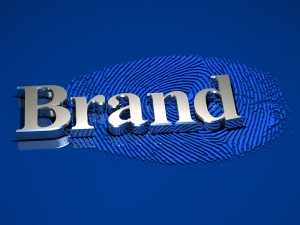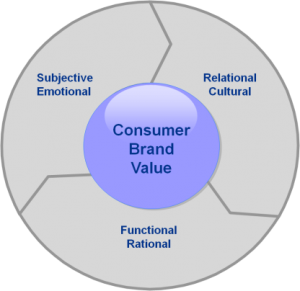
Forbes’ 2013 report of the world’s most reputable companies was published in April and unlike previous years, did not cause a lot of commentary. Perhaps this was because so little changed. BMW remained solidly in #1 position and only Apple and Volkswagen moved out of the Top 10.
The Reputation Institute does a great job of measuring the seven essential elements that make a business great in the eyes of the consumer. These elements are a combination of enterprise and product perceptions, the former perhaps surprisingly, trumping the latter in driving behaviours today. This shows that whilst product performance, services and innovation are important, it is the companies behind the brands that influence a consumer’s final choice.
As consumers’ demand to know more about the company behind the brands they buy, corporations have been obliged to become more transparent. In response, many companies now link their corporate names more strongly with their brands, in an effort to build this consumer trust.
The report says that
“For companies with strong reputations, 55% of consumers say they would definitely buy their products and 50% would be willing to recommend their products to others. For companies with weak reputations, these percentages fall to only 31% willing to buy and just 28% willing to recommend”
That’s a significant difference, which explains why companies are working so hard to build consumers’ trust in them and not just their brands.
Measuring Reputation

So how do you win consumer trust and build a strong reputation? As the study mentions, it takes more than just great products. It takes local citizenship, leadership and workplace fairness to drive people’s admiration and trust. It is therefore important to measure these different aspects in any brand image and equity work you undertake.
Functional / Rational
Although the study mentioned that perceptions about the enterprise are more likely to drive behaviour, it is clearly essential to understand consumers’ perceptions of your product and service offerings. Understanding the functional benefits also helps you to develop and improve the performance and thus the product or service satisfaction of your customers. These metrics can also be used as input to renovation and innovation efforts, and tracked over time to ensure they do not decline. Since image changes are often a precursor to sales changes, these basic metrics should be your foundation.
Subjective / Emotional
As mentioned in the Forbes report, the emotional elements of corporate reputation are becoming more important. A Reputation Institute Executive is quoted as saying “we live in a time when word of mouth is the number one driver of sales and competitive advantage”. Discussing brands and companies with others, whether online or in person, will impact what consumers think about them and thus also their purchase decisions.
Cultural / Relational
Many of the elements that are cited in the report as building reputation for an organisation come into this group. Things such as a company’s workplace image, citizenship and leadership all depend upon the culture of the (perceived) country of origin and its reputation, as well as the involvement of the organisation in the local community. The relationships it establishes with its consumers as well as its stakeholders will also play an important role in building the corporation’s reputation.
These three aspects of image come together to cover the total perception and reputation of a brand or company so it is vital that all three areas are measured. As the Forbes report shows, the cultural and emotional aspects have now become more important than the rational benefits of a brand, in influencing brand choice and purchase decisions.
In closing, it should not be forgotten that these three areas are as important for brands as for the company behind them. With more companies using their corporate name to further enhance their reputation and build trust with their consumers, the importance of measuring the images of both the company and its brands cannot be over-emphasised. The impact of one on the other, as well as the verification that they are stronger together than when used independently, also need to be established.
If you would like to know more about measuring brand perceptions and images, check out our website.
Need support building your own corporate or brand reputation? We would love to help you catalyze your customer centricity; contact us TODAY!